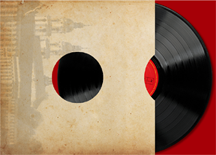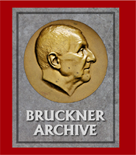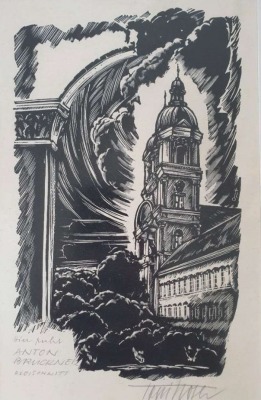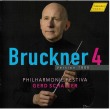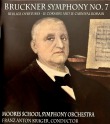How it all Began: Anton Bruckner in St. Florian
----------------------------------------------------- How it all began. Anton Bruckner in St. Florian Under this working title, a seven-member international group of Bruckner specialists has conceived a Bruckner Museum at St. Florian Abbey, which is to be opened in April of the anniversary year 2024. The role of the monastery as a lively intellectual place for a restlessly working young village teacher‘s son who was searching tenaciously and conflictually for his identity as an artist will be illuminated in a entirely new way. A mined field of attributions, prejudices and misinterpretations is what the older Bruckner literature has left us here (and not only here): August Göllerich understood the serene, cosmopolitan Augustinian monastery, which through its leading personalities (above all the prelate Michael Arneth) was entirely shaped by an enlightened post-Josephinian Catholicism, as a lightless place of monastic seclusion: "In the twilight of monastic mysticism, which surrounded him ever more powerfully", the "phenomena of the earthly world melted away" into a higher artistry (Göll./A., II/1, 93). Perhaps this was meant to be an apologia against Johannes Brahms' evil sentence: "[Bruckner] is a poor crazy person whom the priests of St. Florian have on their conscience". It would then have been a thorough failure. Max Auer, on the other hand, relied entirely on Bruckner's confused complaints from his crisis years of 1850-55, according to which the monastery treated "music and consequently also musicians quite indifferently". Auer concluded from this that there were "constricting, inhibiting circumstances": "Bruckner, a Prometheus bound by seclusion, convention and obedience!" (Göll./A., II/1, 224). It was time for a fundamental reappraisal here. In eight stations in the Landeshauptmannzimmer and its vestibule (opposite the imperial rooms), the realities of Bruckner's two phases of life in Florian (1837-40 as a choirboy and 1845-55 as a teacher and provisional collegiate organist) as well as his later guest stays in the monastery are presented - almost exclusively with the rich material of the monastery archive, i.e. with original documents, which are made accessible through different media. A documentary film introduces the visitor to the life of the monastery and the Florian schoolhouse. Elisabeth Maier and Renate Grasberger laid the scientific foundation for the museum presentation just in time with the complete indexing of the archive holdings in three comprehensive volumes (Die Bruckner-Bestände des Stiftes St. Florian, Vienna 2014-19). The stations: - The Stift as a place of enlightened culture and science. Documents, travel reports, portraits of prelates - The arrival of the young Bruckner at the Stift and his time as a choirboy - Bruckner's school years at the Stift and his path to becoming a teacher in the Upper Austrian school system of the time - Bruckner's compositional studies of the church music repertoire of the Stift - The organist Bruckner - The central Florian works: Requiem, Missa solemnis, dedicatory compositions for the Florian prelates and canons - Crises: Bruckner's decision-making phase 1850-55. His long path to becoming a "full-time" musician and autonomous composer - The later Florian holiday stays. Completion of several symphonies at the monastery. A ninth station in the vestibule of the crypt of the Stiftskirche will present the topic of death and burial (which has so far been dealt with only briefly in the old Bruckner memorial rooms) in detail. Bruckner's unique self-portrayal will be placed in the cultural-historical context of the Austrian burial system. Finally, the memorial rooms, which go back to Ignaz Bruckner's initiative, will be fundamentally redesigned. The aim is a vivid visualisation of Bruckner's everyday environment in Vienna's Heßgasse. Johann Holzinger, the Provost of St. Florian, has personally taken over the direction of the project and commissioned the following scholars to realise it: Dr. Friedrich Buchmayr (St. Florian), Prof. Dr. Felix Diergarten (Musikhochschule Freiburg i. Br.), Prof. Dr. Hans-Joachim Hinrichsen (University of Zurich), Dr. Klaus Heinrich Kohrs (Munich), Dr. Elisabeth Maier (Vienna), Dr. Klaus Petermayr (ABIL, Linz), Prof. Dr. Christine Tauber (Ludwig-Maximilians-Universität Munich). Klaus Heinrich Kohrs ---------------------------------------------------- My thanks to Dr. Felix Diergarten for providing this nformation |
